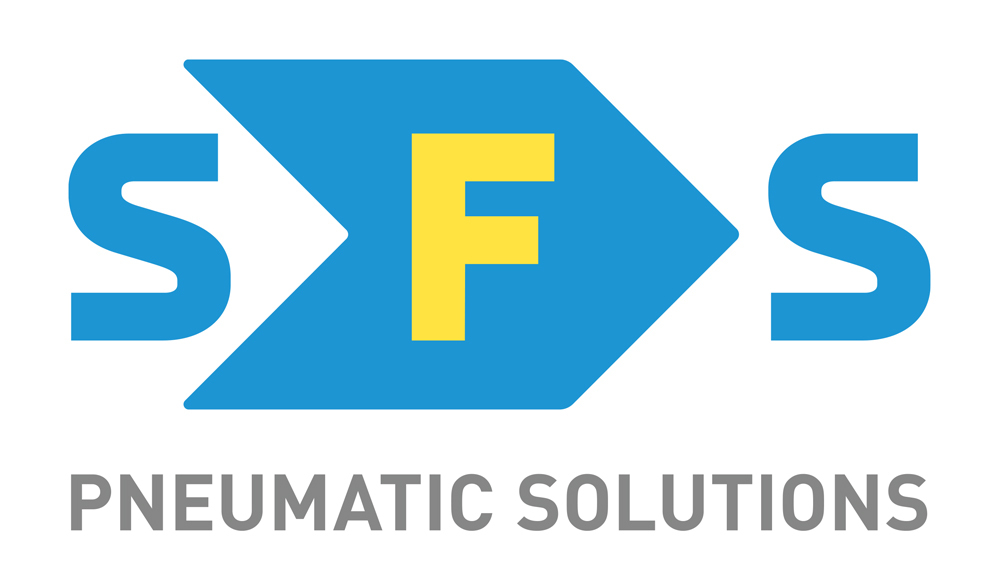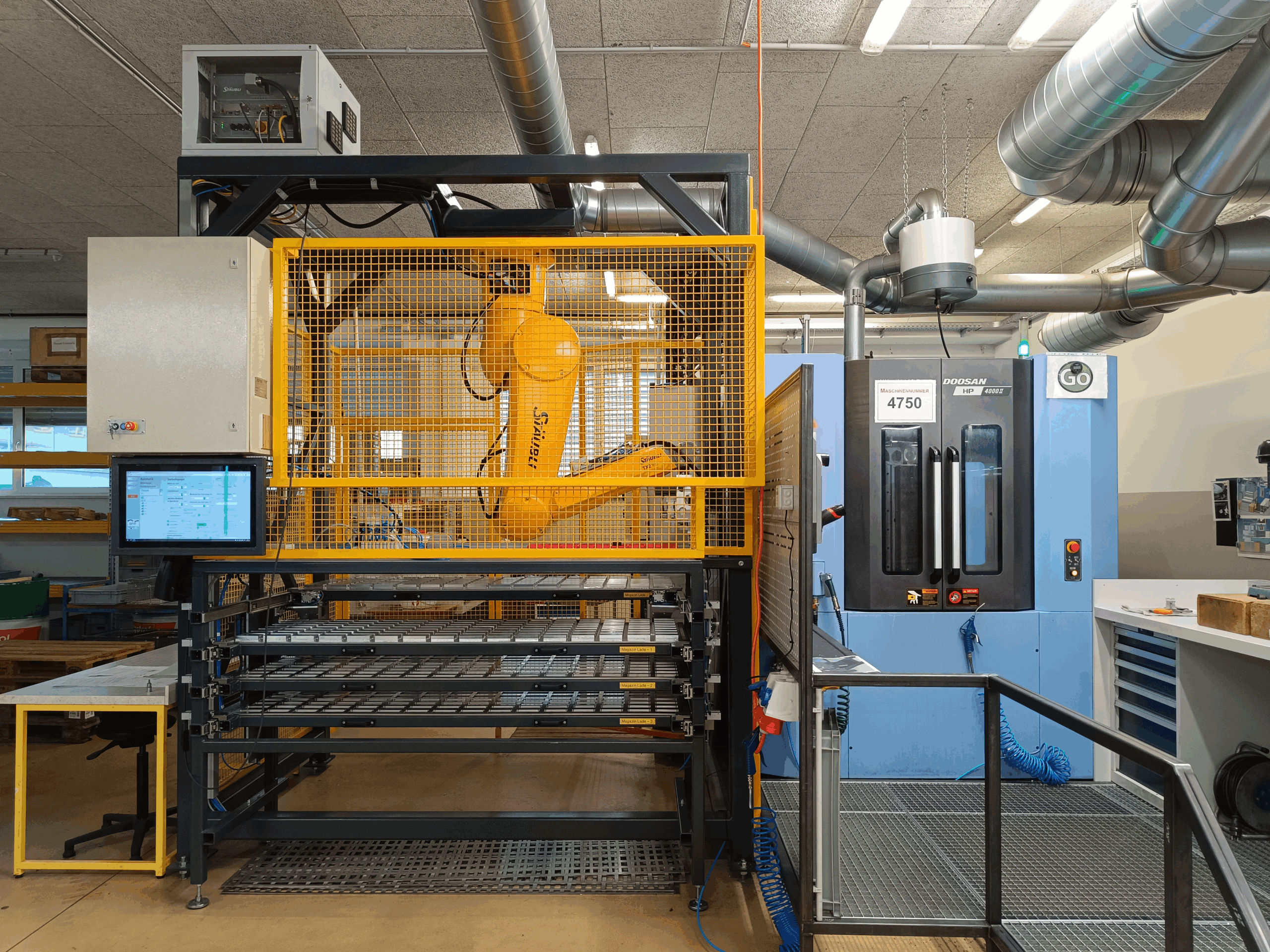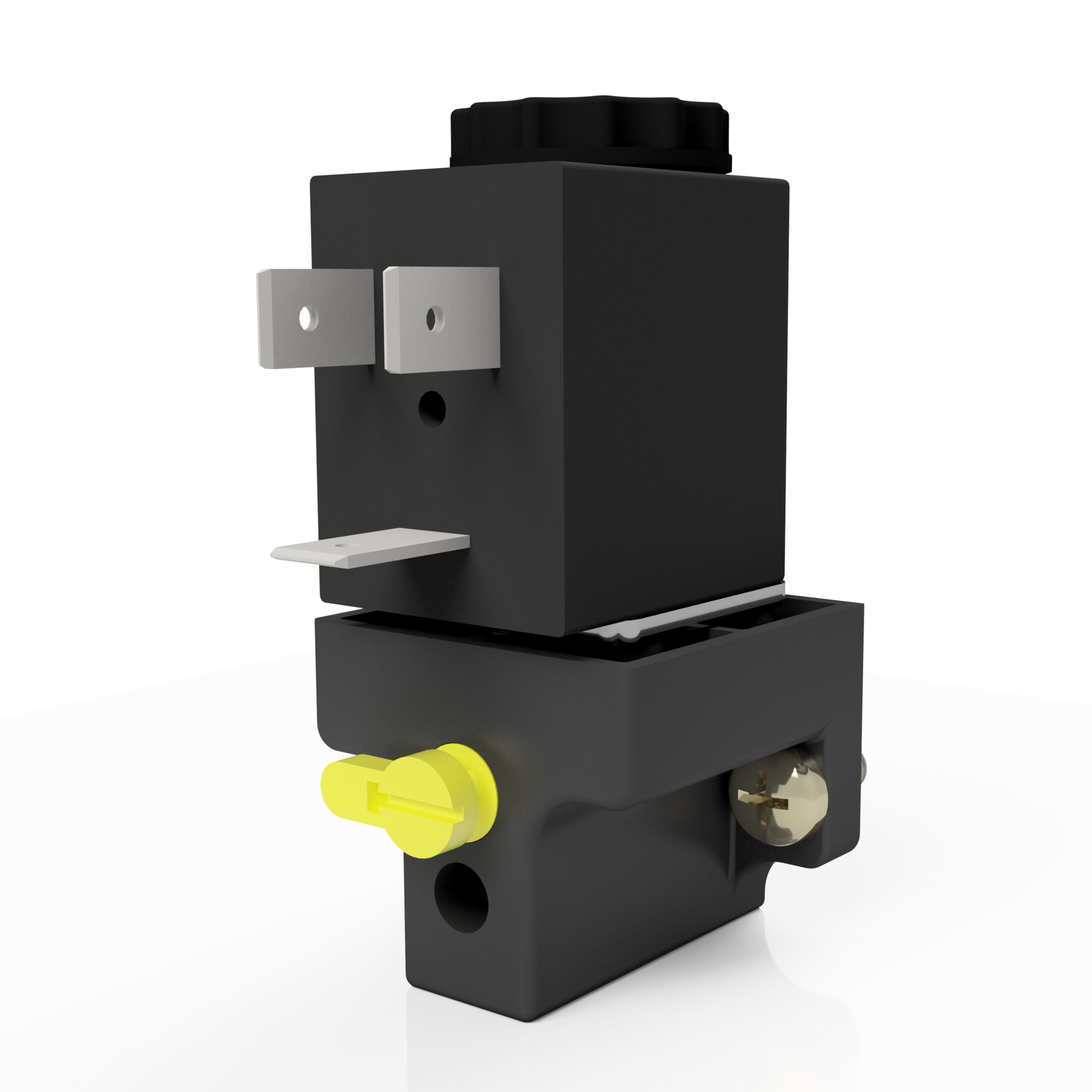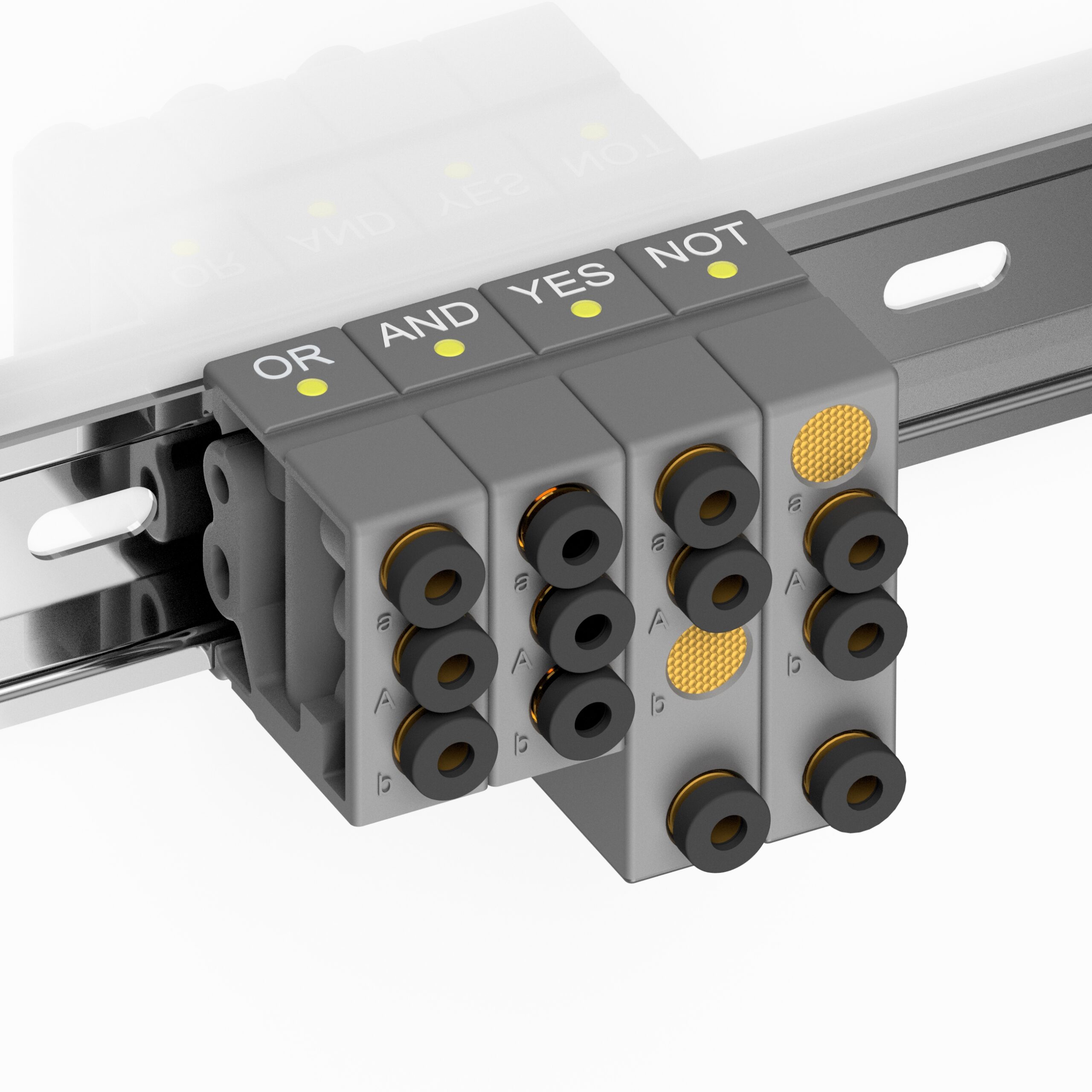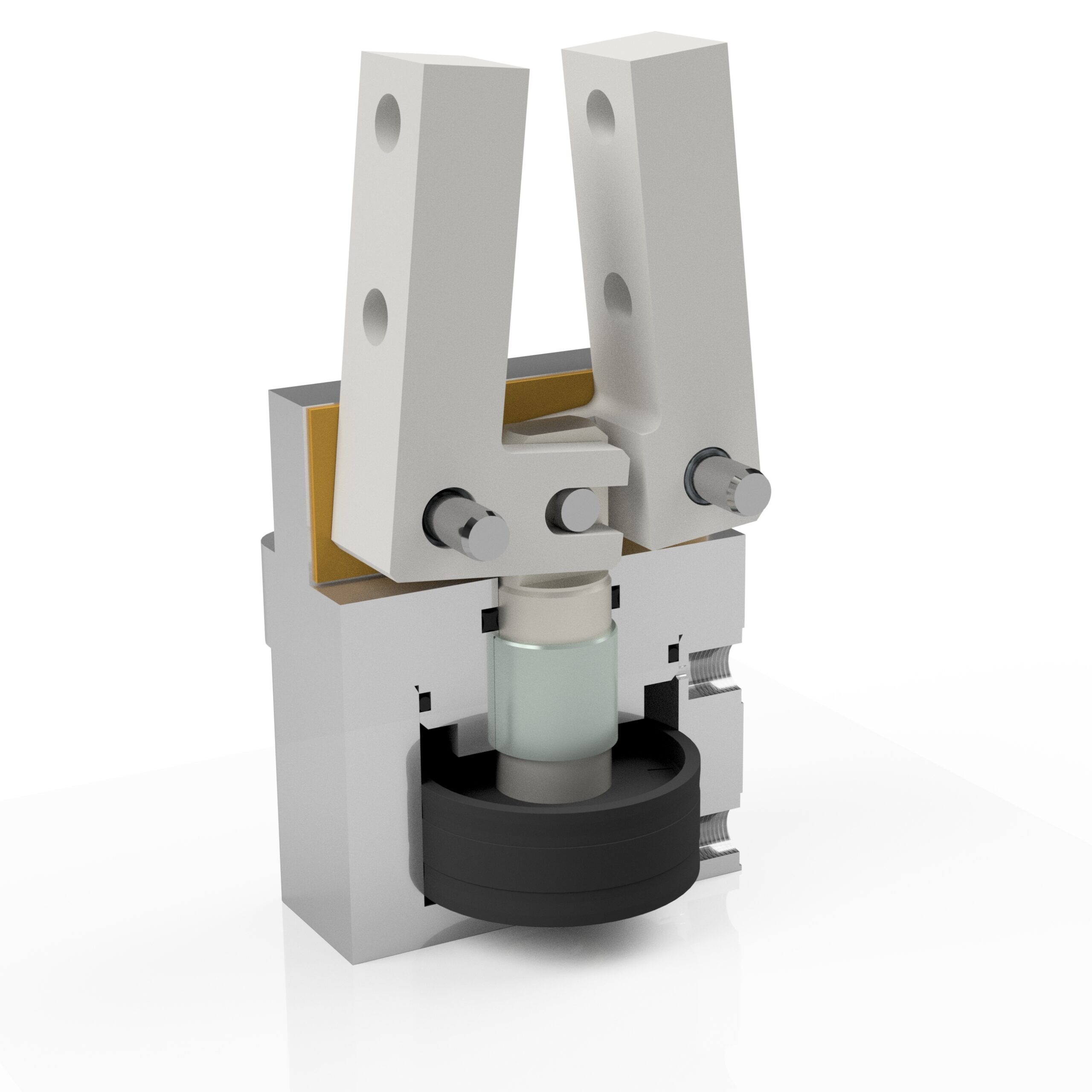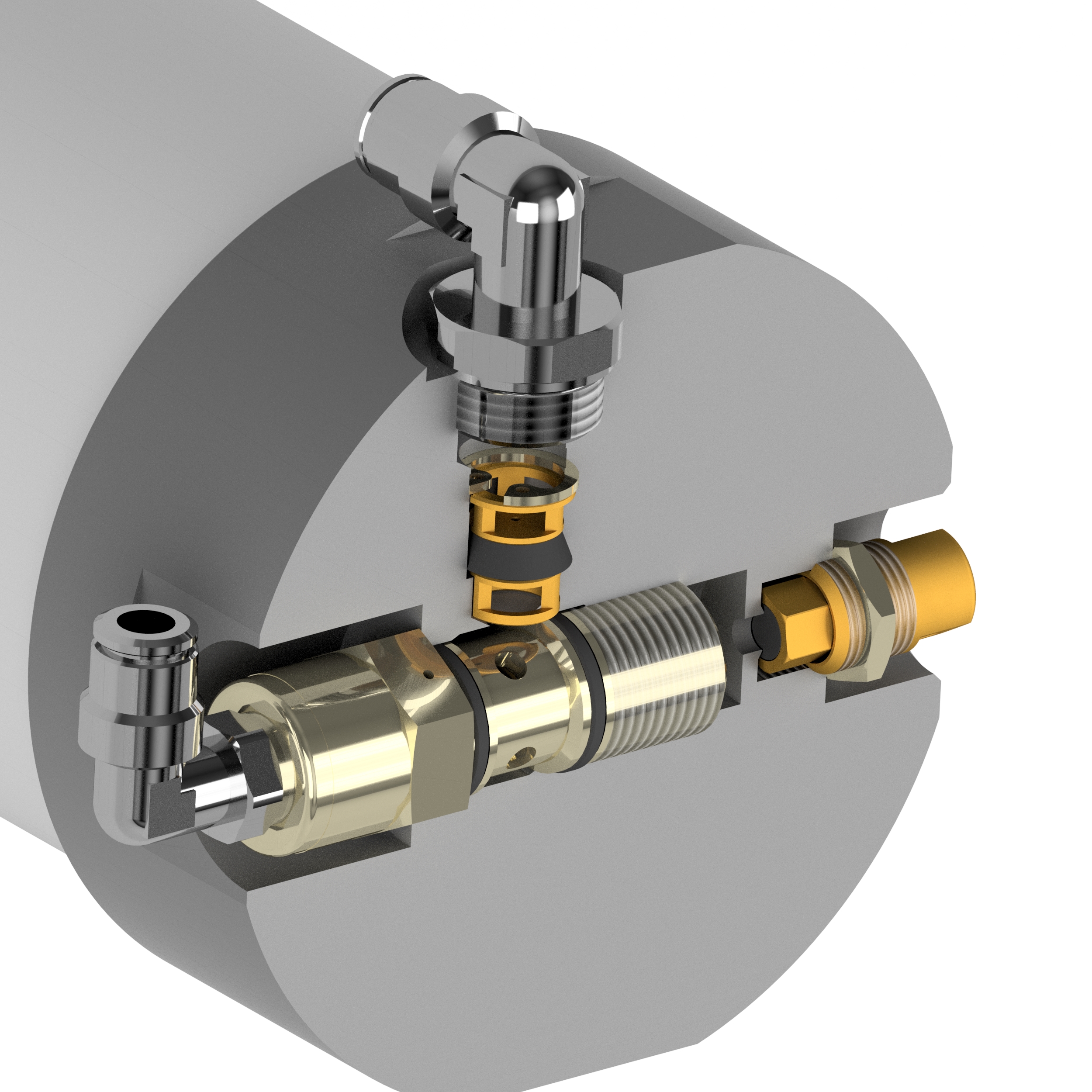Introduction
Automation plays a central role in modern industry. Various technologies are used to perform movements, control processes, and operate machinery efficiently. One of these technologies is pneumatics – a system that uses compressed air to perform mechanical work. Despite competition from electrical and hydraulic systems, pneumatics remain irreplaceablein many areas. But why is that?
1. Basic Principle of Pneumatics
Pneumatics are based on the use of compressed air in a closed system to generate linear or rotary motion. Through valves, cylinders, and pipelines, the energy of the compressed air is directed to move machine components.
2. Advantages of Pneumatics
2.1 Safety
Pneumatic systems operate using air – a non-hazardous and clean medium. Unlike hydraulics, where leaks can lead to environmental damage or safety risks, compressed air poses no such dangers. This makes pneumatics ideal for applications requiring high safety standards, such as in the food industry or explosion-prone environments (keyword: ATEX).
2.2 Simplicity and Maintenance
Pneumatic components are relatively simple in design. This makes installation, maintenance, and repaireasier. In addition, pneumatic systems are often more cost-effective than comparable electric or hydraulic alternatives.
2.3 Speed and Reliability
Compressed air can be quickly accumulated and released, allowing pneumatic systems to achieve high cycle speeds and fast movements. They are especially effective in assembly lines, packaging systems and sorting operations.
2.4 Durability
Pneumatic systems are highly resistant to harsh environmental conditions, such as dust, moisture, or heat. They function reliably in rugged industrial settings where electrical or hydraulic systems might fail.
3. Common Application Areas
Pneumatics are indispensable in many industrial sectors. Typical applications include:
- Automotive industry
- Packaging industry
- Food processing
- Medical technology
- Automation technology
4. Pneumatics vs. Other Technologies
Electric drives offer high precisionwhile hydraulic systems provide high force transmission. Pneumatics, however, offer an optimal balance of speed, simplicity, safety, and cost-effectiveness.Especially for repetitive movements with moderate force requirements pneumatics are often the most efficient and robust solution..
5. The Future of Pneumatics
Even in the era of Industry 4.0, pneumatics continue to evolve. With the integration of sensors, actuators, and intelligent control systems, modern pneumatic technology is becoming increasingly digitalized. Today’s pneumatic systems enable:
- Real-time condition monitoring
- Predictive maintenance
- Energy optimization and resource efficiency
This ensures that pneumatics remain a key technology in the digital and connected factories of the future.
Conclusion
Pneumatics stand out due to their versatility, safety, speed, and cost-efficiency.In many industrial applications, they are not just useful – they are irreplaceable.Pneumatic systems meet requirements that other technologies can only fulfill with great effort – if at all. Even in the digital age, pneumatics continue to be an indispensable part of modern technology: robust, efficient, and ready for the future.

